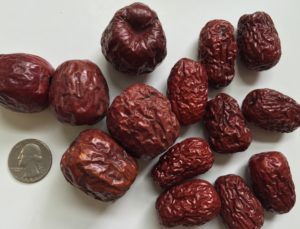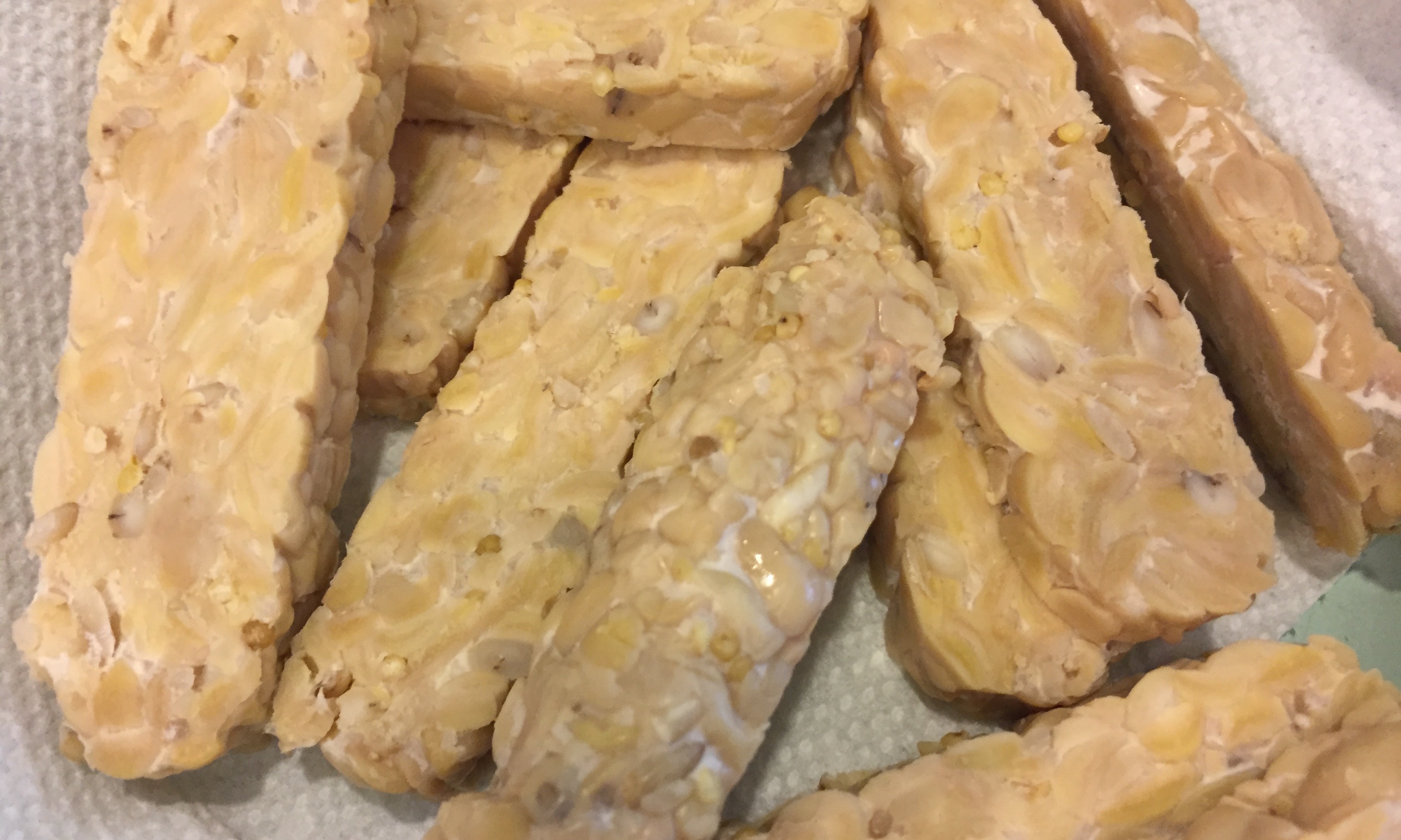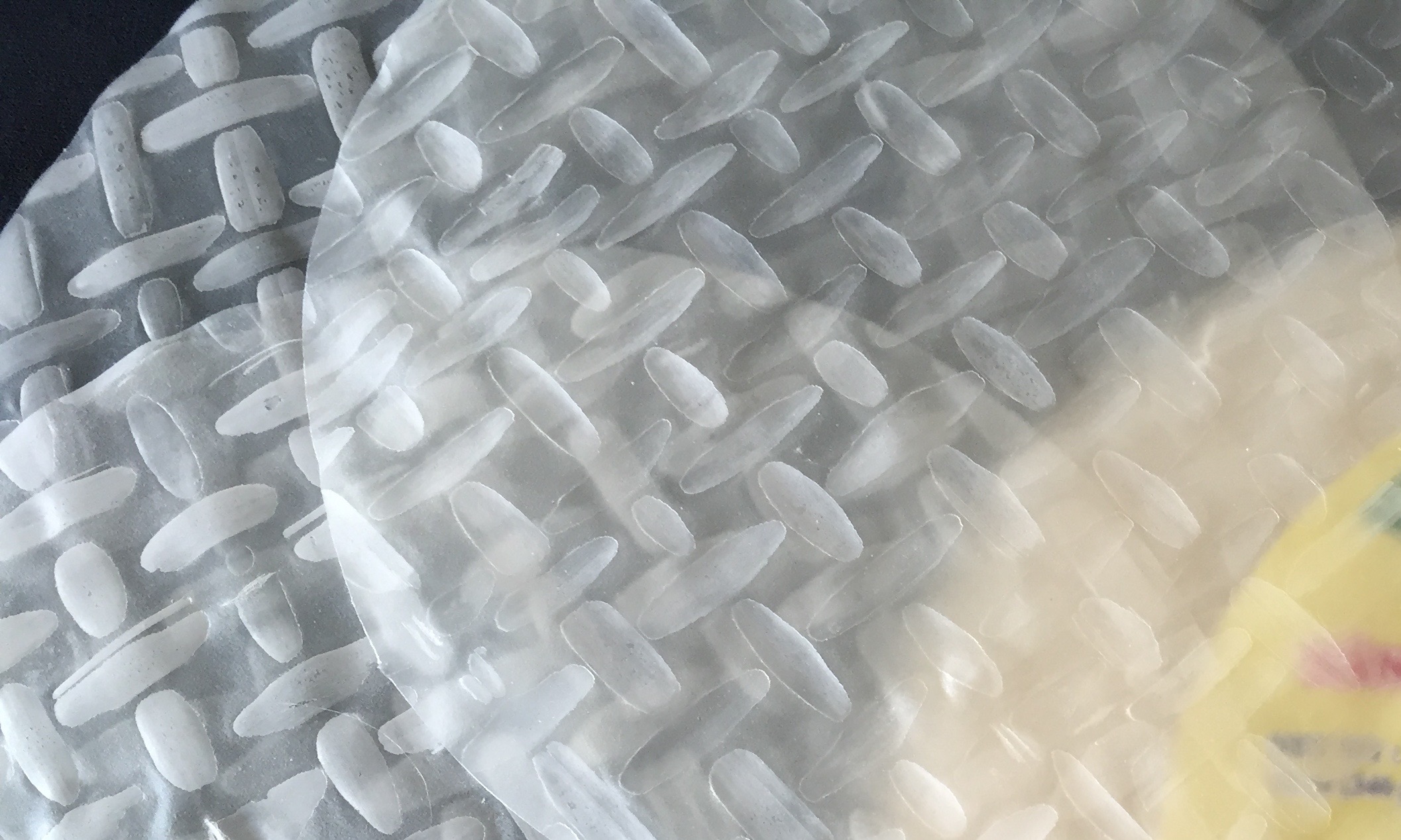
We call it red date, hong zao, but it isn’t date. It’s jujube fruit. While on the tree, the fruit is green and as it ripens it turns red and starts getting wrinkled until it looks like those pictured above. The smaller jujube is typical of what we use. My husband Ted’s uncle, who deals in Chinese herbs, gave us the giant ones.
Hong zao has medicinal properties and claims to calm the system, supposedly good for stomach, liver, muscle and spleen. But we eat because “it’s tradition!”. It adds sweetness in soup made with pork or chicken. We also cook it in sweet soup with snow fungus, or lotus seed or Chinese almond.
Behind her kitchen in Orosi, California, my mother-in-law had a jujube tree that was more than 20 years old. When in harvest the jujube fruit dropped in abundance in her backyard. She left it for days on the ground, letting the Californian weather dry out the fruit naturally. When she had time she collected them and kept them in jars to give her friends and relatives.
Jujube fruit can be eaten fresh or dried. They are sweet and kind of spongy.



